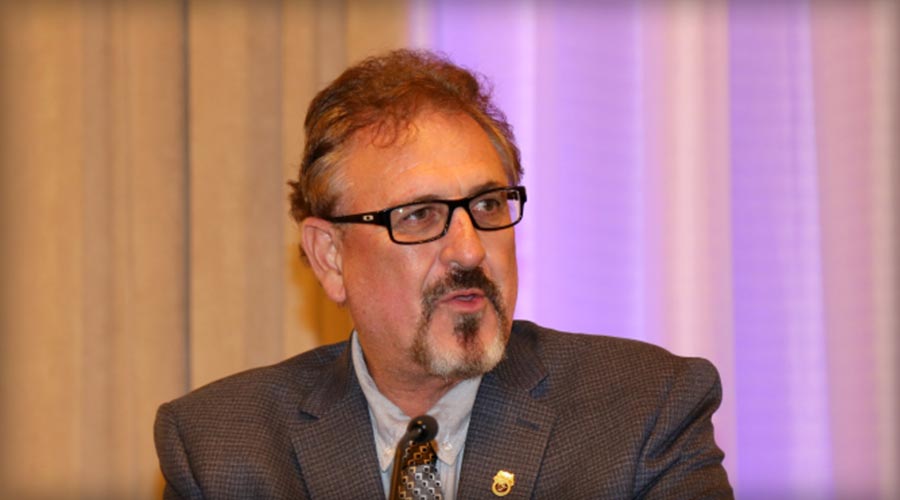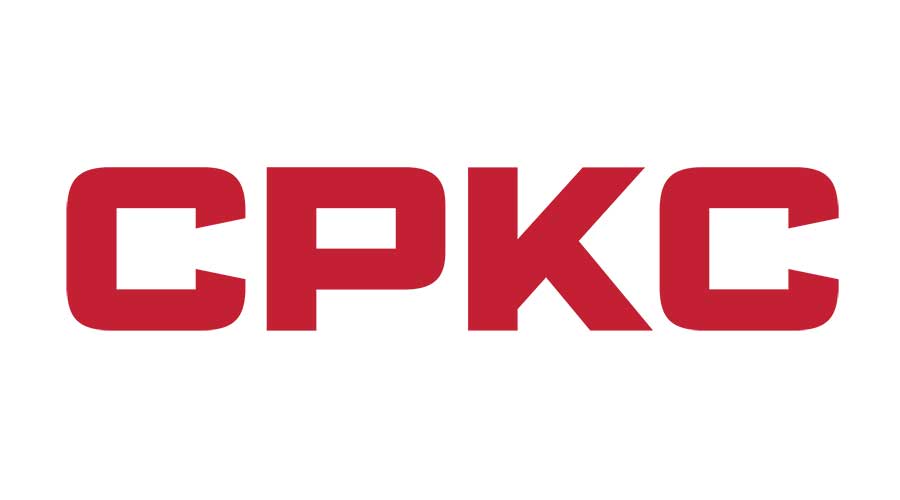Newsletter Sign Up
Stay updated on news, articles and information for the rail industry
Stay updated on news, articles and information for the rail industry
RAIL EMPLOYMENT & NOTICES
Rail News Home
Mechanical
Rail News: Mechanical
During the second quarter, rail-car orders continued to increase, but deliveries still were hampered by a domestic casting shortage coupled with high global demand for steel castings, according to Economic Planning Associates Inc.'s (EPA) quarterly "Outlook for Rail Cars" report.
Quarterly car orders totaled 20,000 compared with 18,000 orders in the first quarter.
"With rail traffic flows expanding at a vigorous pace, significant reductions in a number of fleets via scrappage in recent years, and improving railroad and customer market financial environments, we expect continued, albeit more moderate, advances in rail-car orders in the second half of this year and throughout 2005," EPA officials said in a report summary.
After totaling 20,000 units in the first half, car builds are projected to reach 23,000 units in the second half. However, the combination of surging orders and production constraints will saddle car builders with "formidable backlogs" at the start of 2005, EPA said.
Next year, demand will increase for reefers and small paper-service box, insulated, tank and steel coal cars because manufacturing output, international trade and consumer spending will increase, capital goods will rebound, construction activity will remain in high gear and fleet owners will replace more aging cars.
But EPA officials believe casting shortages will continue to limit car production, and rising steel and component prices will continue to squeeze car builders' profit margins in 2005. After reaching 43,000 units this year, car deliveries will total about 48,300 units next year, then rise steadily to 50,300 in 2006, 53,500 in 2007, 55,700 in 2008 and 58,400 in 2009, EPA predicts.
10/5/2004
Rail News: Mechanical
EPA rail-car report: Orders remain on the rise, but castings crunch still a production downfall
advertisement
During the second quarter, rail-car orders continued to increase, but deliveries still were hampered by a domestic casting shortage coupled with high global demand for steel castings, according to Economic Planning Associates Inc.'s (EPA) quarterly "Outlook for Rail Cars" report.
Quarterly car orders totaled 20,000 compared with 18,000 orders in the first quarter.
"With rail traffic flows expanding at a vigorous pace, significant reductions in a number of fleets via scrappage in recent years, and improving railroad and customer market financial environments, we expect continued, albeit more moderate, advances in rail-car orders in the second half of this year and throughout 2005," EPA officials said in a report summary.
After totaling 20,000 units in the first half, car builds are projected to reach 23,000 units in the second half. However, the combination of surging orders and production constraints will saddle car builders with "formidable backlogs" at the start of 2005, EPA said.
Next year, demand will increase for reefers and small paper-service box, insulated, tank and steel coal cars because manufacturing output, international trade and consumer spending will increase, capital goods will rebound, construction activity will remain in high gear and fleet owners will replace more aging cars.
But EPA officials believe casting shortages will continue to limit car production, and rising steel and component prices will continue to squeeze car builders' profit margins in 2005. After reaching 43,000 units this year, car deliveries will total about 48,300 units next year, then rise steadily to 50,300 in 2006, 53,500 in 2007, 55,700 in 2008 and 58,400 in 2009, EPA predicts.


 2025 MOW Spending Report: Passenger-rail programs
2025 MOW Spending Report: Passenger-rail programs
 Gardner steps down as Amtrak CEO
Gardner steps down as Amtrak CEO
 Guest comment: Oliver Wyman’s David Hunt
Guest comment: Oliver Wyman’s David Hunt
 Women of Influence in Rail eBook
Women of Influence in Rail eBook
 railPrime
railPrime







